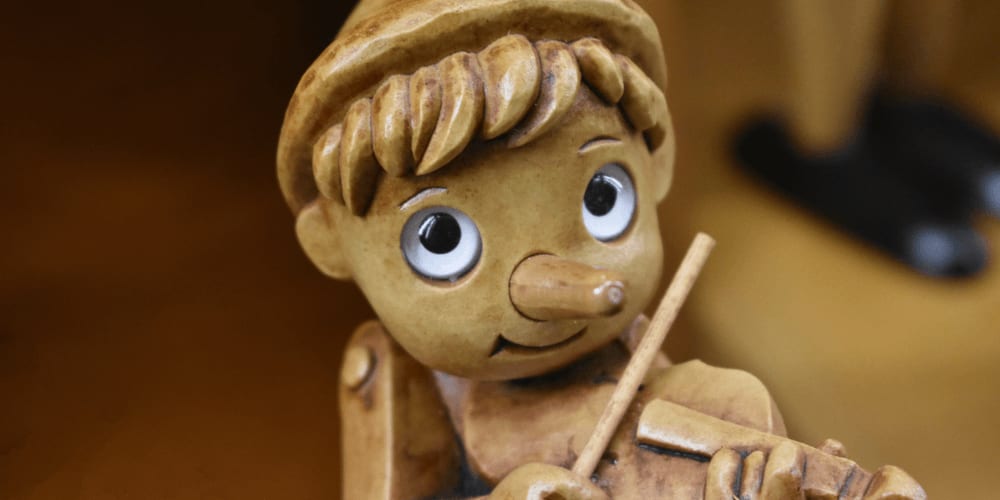
Defined as a statement that contradicts itself, a paradox has long been used as a very valuable asset in promoting critical thinking. We offer you to read and ponder over 5 logical and math paradoxes and see how stimulating they can be as a mental exercise!
Boy or Girl?
Let’s start with a seemingly easy, yet really surprising puzzle known as ‘the Boy or Girl’ paradox.
Picture a family that has two children. One of the kids is a boy. What is the probability of the other child being a boy, too?

Explanation: One would say there’s always a 50/50 chance that any child is a boy or a girl, but mathematically speaking, there are four possible combinations of genders: two boys, two girls, an older boy and a younger girl, and an older girl and a younger boy. Since the girl/girl combination is ruled out by the opening statement of the paradox, there are three possible variants left: boy/boy, boy/girl, and girl/boy. Consequently, the probability that the other child is a boy is 1/3, not 1/2!
Fair and Square
Galileo Galilei’s final work contains two contradictory statements about positive integers:
- All numbers can be divided into squares and non-squares, consequently, all numbers are more numerous than squares.
- For every square, there is a square root, and for every number, there is its square. Consequently, there cannot be more non-squares than squares and vice versa.

Explanation: Known as Galileo’s Paradox, these contradictory statements are an early use of the idea of one-to-one correspondence in the context of infinite sets. Having reached this deadlock, Galileo drew a conclusion that the basic ideas of comparison (fewer, less, more, equal) are only applicable to finite sets.
Nosy Parker
This interesting paradox includes a nose, Pinocchio’s, that is. Everyone knows that Pinocchio’s nose grows when he tells lies. But what is going to happen if Pinocchio says: “My nose will grow now?”

Explanation: If this statement is to be perceived as true, Pinocchio’s nose won’t grow. However, it will contradict the initial statement turning it into a lie and Pinocchio’s nose will grow.
This paradox is based on the famous logical statement “This sentence is false.” So if the sentence is true, it means it is false. Cool, huh?
How Many Cakes?
Best known as Birthday Paradox, this math puzzle will let you see the magic of numbers.
What is the probability that two people in a group have birthdays on the same day?

The exact percentage depends on the amount of people in the group. If one wants to achieve a 100% probability, one should gather a group of 367 people (there are 366 possible birthdays in a year, February 29 included). However, the 99% probability will be achieved with as few as 57 people and 50% probability will be ensured by 23 people!
High Crocodility
This paradox will remind you about Pinocchio’s nose, but it is no less amazing!
Picture a crocodile that snaps a boy playing on the river bank. The boy’s mother begs the predator to set her child free, and the crocodile promises to do so, but only if the mother makes an accurate guess about its true intention: is it going to let the boy go or keep him to itself? Otherwise the crocodile is going to keep its catch.

Explanation: If the mother says the crocodile will not let the boy go, and it did not actually want to let him go, then the mother’s guess is accurate, and the crocodile will have to set the boy free, but this contradicts his initial intention and the mother’s guess. She can say the same, but the crocodile might be planning on returning the boy. So, it will make her answer wrong and the crocodile will have to keep the boy, which again contradicts his initial intention.
This ancient paradox actually is the reason why in the Middle Ages a brain-racking dilemma was called a crocodilite, and a line of fallacious reasoning acquired the name ‘crocodility’.